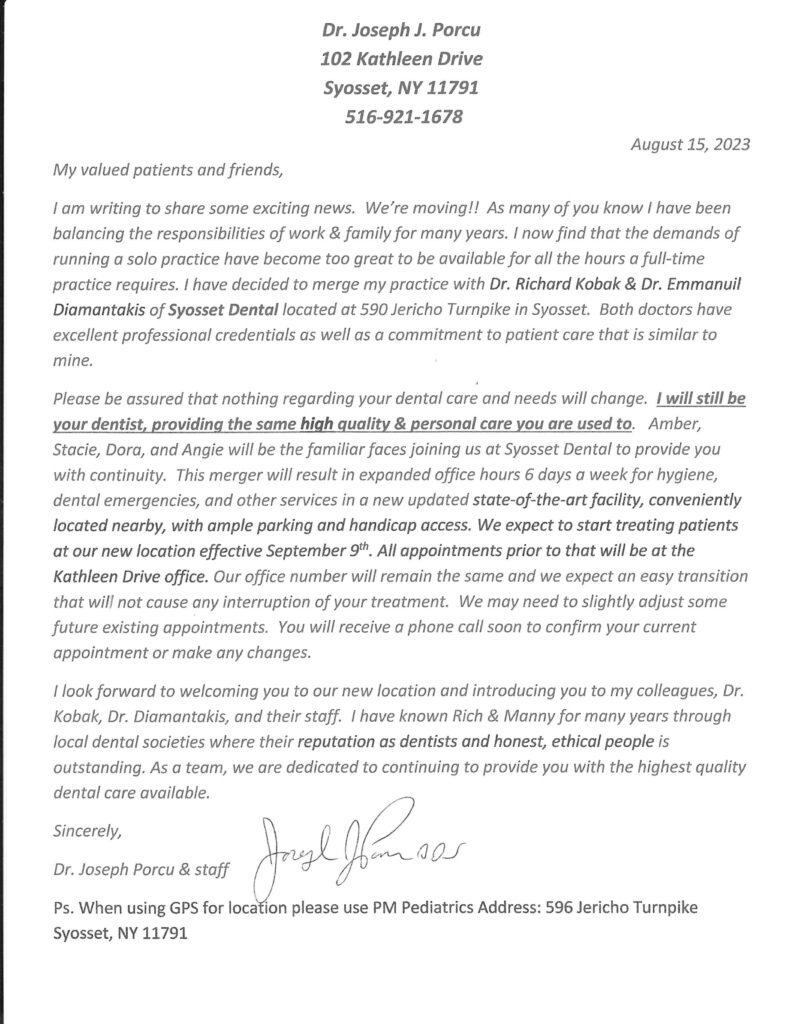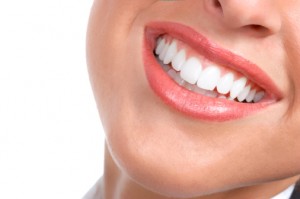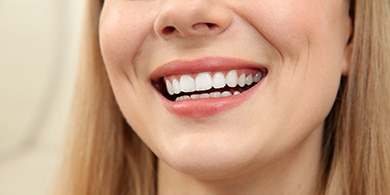 As dentistry evolves, it is not always new techniques that revolutionize the industry. For instance, the art of removing decayed tooth tissue and replacing it with filling material has been practiced for hundreds, perhaps thousands, of years. The mid-1800s brought the advent of amalgam fillings, and in spite of the controversy regarding the mercury content of metal fillings, they remained the standard material for over a century. Recently, tooth-colored composite resin fillings gained popularity as a more discreet filling option for their resemblance to your natural teeth, as well as for the lack of mercury in their composition. Now, dentistry stands on the brink of innovation once again. Syosset dentist Dr. Richard Kobak discusses a new filling material that can change the face of dental care and tooth restoration.
As dentistry evolves, it is not always new techniques that revolutionize the industry. For instance, the art of removing decayed tooth tissue and replacing it with filling material has been practiced for hundreds, perhaps thousands, of years. The mid-1800s brought the advent of amalgam fillings, and in spite of the controversy regarding the mercury content of metal fillings, they remained the standard material for over a century. Recently, tooth-colored composite resin fillings gained popularity as a more discreet filling option for their resemblance to your natural teeth, as well as for the lack of mercury in their composition. Now, dentistry stands on the brink of innovation once again. Syosset dentist Dr. Richard Kobak discusses a new filling material that can change the face of dental care and tooth restoration.
Exploring Tooth Restoration Failure
The problem with even the most advanced dental filling material is that, over time, it will need to be replaced. With proper care, most restorations can last ten years or longer. However, constant attack from eating and drinking, and pressure from occasional grinding or clenching, can cause a dental filling to eventually fail. When a tooth suffers decay, your dentist removes the decayed tissue and replaces it with the filling material to reinforce the remaining tooth structure. Unfortunately, even after the removal of tissue, small traces of residual bacteria can remain on the tooth’s structure. When a restoration cracks or wears away, the space created between the filling and the tooth structure allows bacteria to enter and once again infect your tooth. For this reason, it is important to neutralize the harmful effects of bacteria after a restoration is placed. (more…)



















